|
Lois Bielefeld is a series-based artist working in photography, audio, video, and installation. Her work continually asks the question of what links routine and ritual to the formation of identity and personhood. Editor's note: we originally invited Lois to talk about her collection of local artwork, after getting tantalizing glimpses in the background of her House, Hold series. However, after learning that she "collects" hundreds of portraits to make her series-based work, we wanted to learn more about her process. Self-portrait by Lois Bielefeld. Photograph courtesy of the artist. All rights reserved. Currently splitting her time between Chicago and Los Angeles, Lois was born in Milwaukee, WI and has lived in Rochester, Brooklyn, and Oakland. She is working on her MFA (2021) at California Institute of the Arts. Lois is a recent empty nester as her daughter attends the University of Minnesota. Besides photography, she feels passionate about traveling, hiking, eating, swimming and bicycling adventures with her wife. Her work is in the permanent collections of the Leslie-Lohman Museum of Gay and Lesbian Art in New York City, the Museum of Wisconsin Art, Saint Kate Arts Hotel, The Warehouse Museum and The Racine Art Museum in Wisconsin. Bielefeld has shown at The International Center of Photography in New York City, The Museum of Contemporary Photography in Chicago, The Charles Allis Art Museum, and Portrait Society Gallery in Milwaukee. What do you collect and why? In 2008 I started my first series-based work, The Bedroom. I was interested in how this intimate space reflected a person and how this manifested in the resulting photograph. This was the beginning of me collecting although I didn’t realize that I was creating these vast collections of photographs around specific themes until recently. The Bedroom evolved into 103 portraits and formulated many of my working practices that I still hold onto today. At the time I saw these portraits as collaborative and a sort of non-scientific ethnographic study. Today I see my work as constructed performances by my participants for the camera. Here is a curious break down of part of my collection by series, time and volume: 2008-2012 The Bedroom (103 photographs) 2012-2013 Conceal Carry (30 photographs) 2012 Lunch Portraits (71 photographs) 2013-2014 Androgyny (58 photographs) 2013-2015, 2017 Weeknight Dinners (86 photographs) 2015-2017 Neighborhood (108 photographs) 2018-current Celebration (11 celebrations) 2018-current New Domesticity (54 photographs) 2019-2020 Broom Studies (120 video studies, 8 hour video piece) 2020 House, Hold (31 photographs) Lois Bielefeld, Steven, Manhattan. 2008 from The Bedroom (the very first photo in the series) Photograph courtesy of the artist and Portrait Society Gallery. All rights reserved. So why? Why am I doing this and why has this act of making within a series in a serial manner so important to me and my practice? I think it is because I’m deeply curious about a specific topic (i.e. gender identity, the evening meal, or domesticity) and I dig into this idea over and over again to become informed by my participants habits, rituals, aesthetic, their thoughts and experiences, and their spaces. Fundamentally, my work continually asks the question of what links routine and ritual to the formation of identity and personhood. I think this is the “why” behind these collections. Lois Bielefeld, Wednesday: Willie Mae. 2013 from Weeknight Dinners Photograph courtesy of the artist and Portrait Society Gallery. All rights reserved. When and how did you get started? I started making photographs when I was a child- initially I had a point and shoot camera that I’d get developed at Walgreens. In high school I was gifted a Pentax K1000 and my folks helped me set up my own black and white darkroom. At this time, I puttered around with the magic of photography-- photographing anything and everything. I studied photography in undergrad at Rochester Institute of Technology graduating in 2002. But it wasn’t until 2008 that I started making series-based works and I think around 2011 that I started to actively pursue my art practice. Lois Bielefeld, Phillip. 2014 from Androgyny Photograph courtesy of the artist and Portrait Society Gallery. All rights reserved. Serra Family Sunday Pasta Lunch. 2018 from Celebration Photograph courtesy of the artist and Portrait Society Gallery. All rights reserved. How do you safely display and/or store your collection? This changes depending on the gallery or institutional space. Each time I show the work it takes on new form based on the context of each space, the current time period shown (what’s happening in the world), and the relationality of other works in the space and the conversation that occurs between them. Sometimes I show the work framed and sometimes I share the work as loose prints hung directly on the wall which gives the prints a much more charged sense of objecthood and vulnerability. Additionally, there is the complex method of archiving digital files. I keep 3 backups of all my files and try to keep one of the three drives offsite. I also do all my own printing (digital) and my framed work currently is overtaking a room at my parent’s home that we’ve recently renamed “The Equipment Room.” Lois Bielefeld, Peter, Eliza, Eula and Abigail. 2018 from New Domesticity Photograph courtesy of the artist and Portrait Society Gallery. All rights reserved. What has been most challenging for you in developing your collection? I think every individual series has its own challenges- sometimes it can be very difficult to find participants, other times I tire of schlepping equipment around, but most often I would say the consistent difficulty is getting the work out there. I love making the work- it gives me a sense of purpose and vivaciousness! But I really don’t care to promote myself, apply to calls, and networking. This labor is the most challenging to me. Lois Bielefeld, Broom Study #11 Still. 2019 Photograph courtesy of the artist and Portrait Society Gallery. All rights reserved. Lois Bielefeld, Broom Study #69 Still. 2019 Photograph courtesy of the artist and Portrait Society Gallery. All rights reserved. Do you have advice for new collectors? For art collection, collect work that moves you- that you keep thinking about and has a staying power. Start by getting familiar with your local art scene by going to the local galleries, different institutions- museums and universities. Ask an artist for a studio visit to get a behind the scenes look at their process and to see the work in person. Supporting the local art scene is so crucial and commendable. And definitely consider the work of students and emerging artists. Lois Bielefeld, May 29: When Lois doesn't have a pocket, she uses her waistband to hold tissues. When Jackie doesn't have a napkin, she wipes her fingers on her sock. 2020 from House, Hold. Photograph courtesy of the artist and Portrait Society Gallery. All rights reserved. ~Lois Bielefeld, September 2020
|

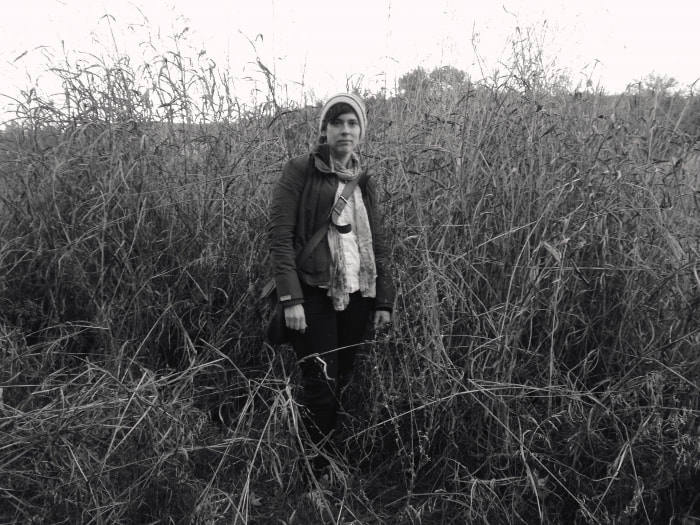
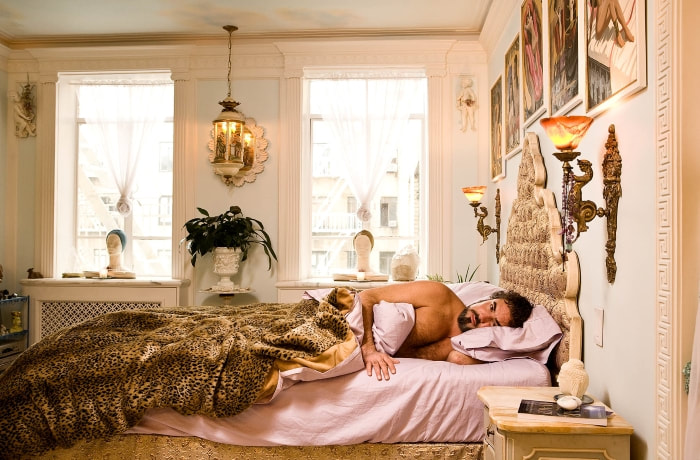
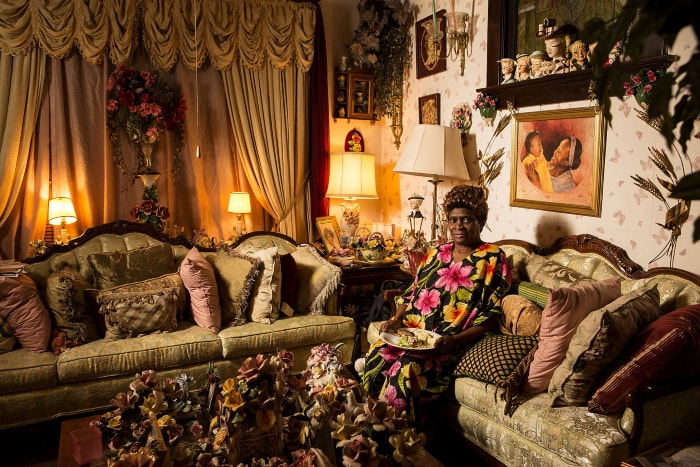
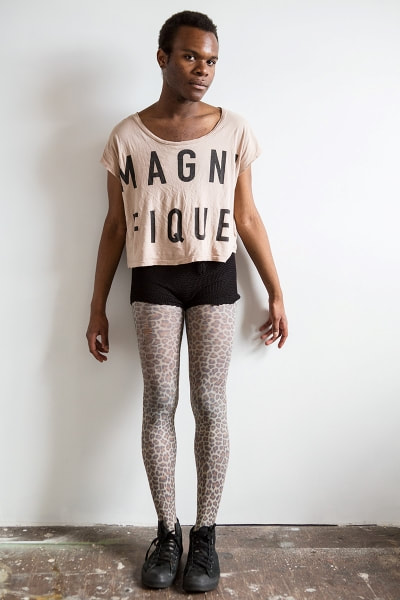
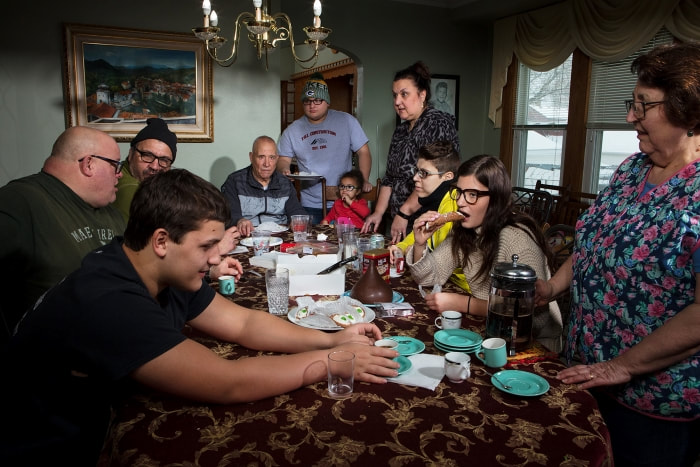
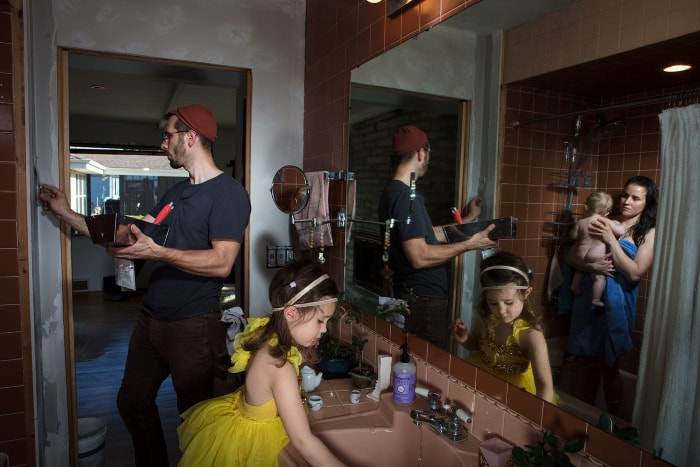
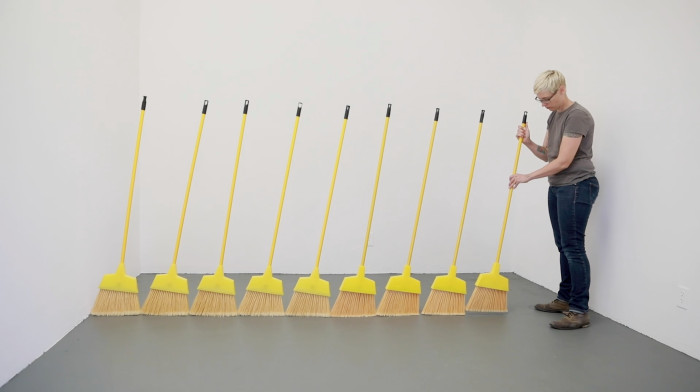

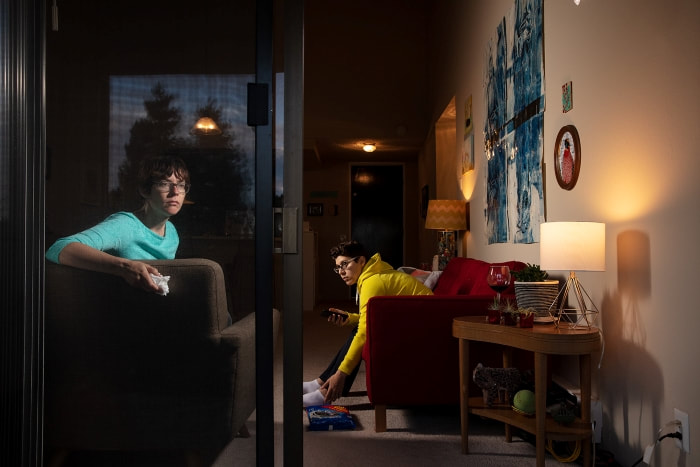
 RSS Feed
RSS Feed





